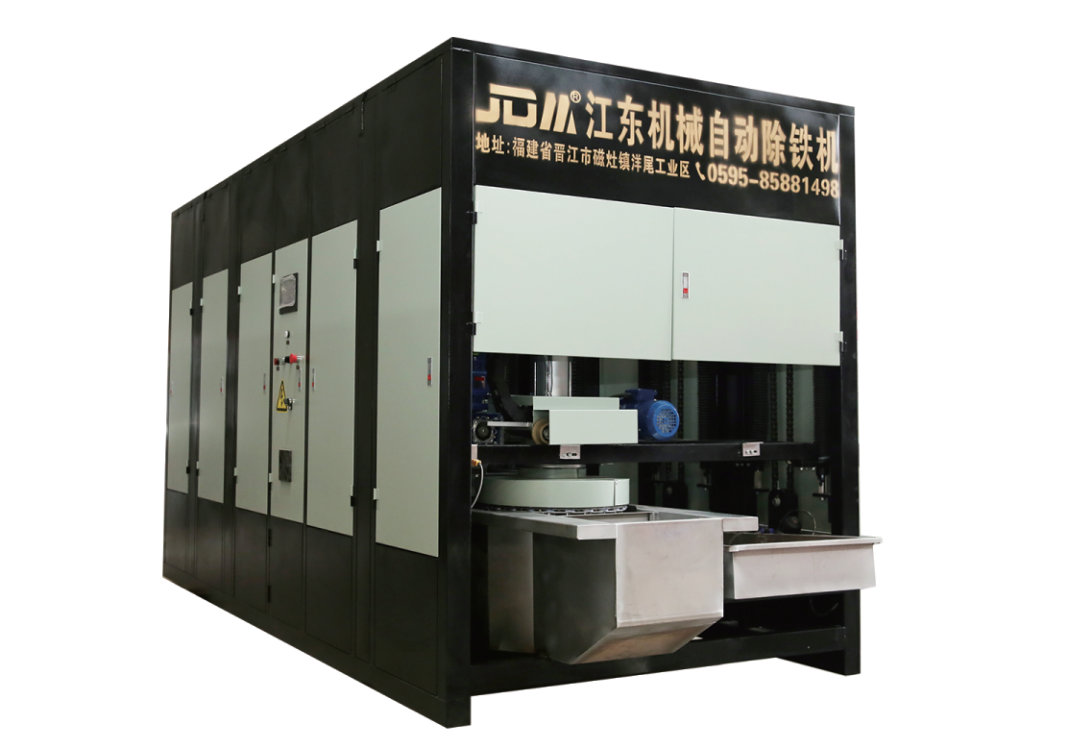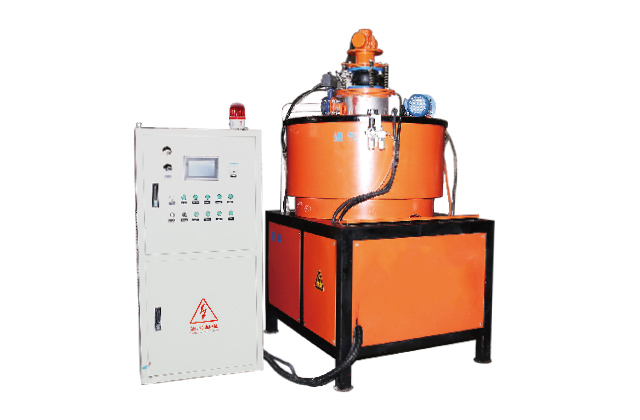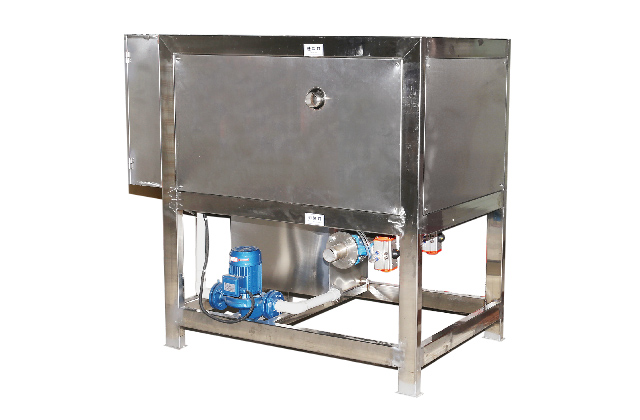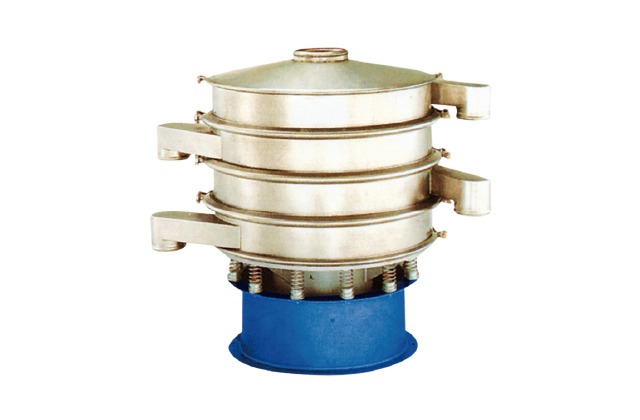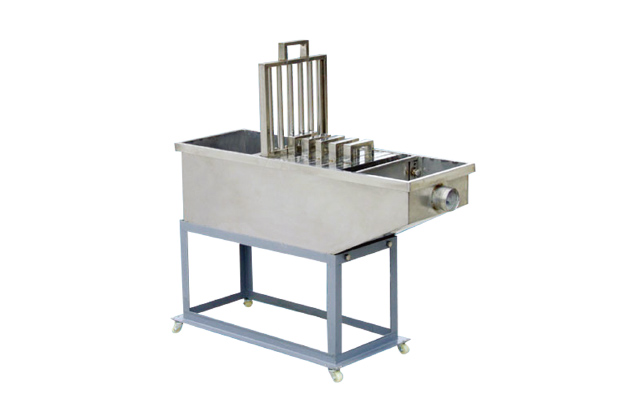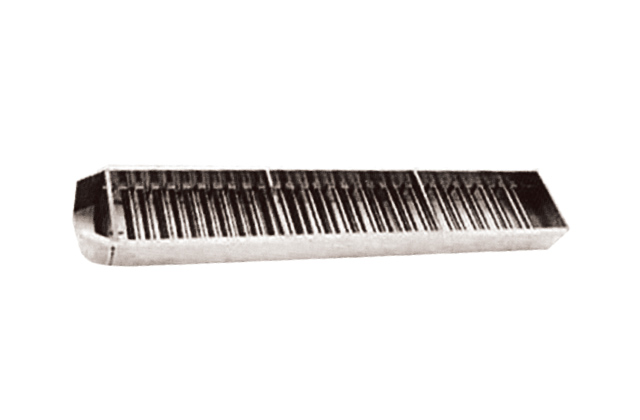September 30, 2025
Can Iron Be Separated? Exploring the Possibilities and Methods
Can Iron Be Separated? Exploring the Possibilities and Methods
In today’s industrial and technological advancements, the question of whether iron can be separated from various materials or compounds is a common inquiry. Iron, being one of the most widely used metals, often finds itself mixed with other elements or embedded within ores. The process of separating iron depends on the context and the materials involved. In this article, we will delve into the different methods of iron separation, its applications, and the challenges involved.
Understanding Iron Separation
Iron separation is a process that involves isolating iron from other substances. This can be achieved through various methods, depending on the source and the purpose. For instance, in mining, iron is often extracted from iron ore, which is a rock containing iron oxides such as hematite (Fe₂O₃) and magnetite (Fe₃O₄). The extraction process typically involves several steps, including crushing, grinding, and magnetic separation.
Physical Methods of Iron Separation
Physical methods are often the first step in iron separation. These methods rely on the physical properties of iron, such as its density and magnetic properties. One of the most common physical methods is magnetic separation. Iron is ferromagnetic, meaning it is attracted to magnets. This property allows for the efficient separation of iron from non-magnetic materials using magnetic belts or drums.
Another physical method is density separation. Iron ores, for example, have a higher density than many gangue minerals (unwanted minerals). By using processes like flotation or jigging, iron can be separated based on its density differences from other minerals.
Chemical Methods of Iron Separation
Chemical methods are often employed when physical methods are insufficient or when the iron is bound in chemical compounds. One common chemical method is smelting. In this process, iron ore is heated at high temperatures in the presence of a reducing agent, such as coke, to produce pure iron. The chemical reaction involved in smelting is:
Fe₂O₃ + 3C → 2Fe + 3CO
Another chemical method is leaching. This process involves using a solvent to dissolve the iron from the ore. However, leaching is less commonly used for iron separation due to its lower efficiency compared to smelting.
Industrial Applications of Iron Separation
The separation of iron is crucial in various industries. In the steel industry, iron is the primary component of steel, which is used in construction, transportation, and consumer goods. The purity of the iron used in steel production directly affects the quality of the final product. Therefore, effective iron separation methods are essential to ensure high-quality steel.
In addition to the steel industry, iron separation is also important in recycling. Many recycled materials, such as scrap metal, contain iron that needs to be separated from other materials. Efficient iron separation in recycling helps conserve resources and reduce the environmental impact of mining.
Challenges in Iron Separation
While iron separation is a well-established process, there are still challenges that need to be addressed. One of the main challenges is the increasing demand for higher purity iron. As industries strive to produce higher quality products, the need for more efficient and precise separation methods grows.
Another challenge is the environmental impact of traditional iron separation methods. Smelting, for example, produces carbon monoxide and other greenhouse gases, contributing to climate change. Developing more environmentally friendly methods of iron separation is a priority for sustainable industrial practices.
Safety Considerations in Iron Separation
The process of iron separation, especially in industrial settings, involves several safety risks. High temperatures, heavy machinery, and hazardous chemicals are common in iron separation processes. Workers must be properly trained and equipped to handle these risks safely.
Moreover, the handling of iron and its byproducts requires careful attention to safety protocols. Iron dust, for instance, can be explosive if it accumulates in the air. Proper ventilation and dust control measures are essential to prevent accidents.
Conclusion
In conclusion, the separation of iron is a complex process that involves various methods and considerations. Whether it’s through physical methods like magnetic separation or chemical methods like smelting, the goal is to isolate iron from other materials effectively. As industries continue to evolve, the demand for more efficient and sustainable iron separation methods will grow. By addressing the challenges and safety concerns associated with iron separation, we can ensure a safer and more environmentally friendly future for this essential metal.

